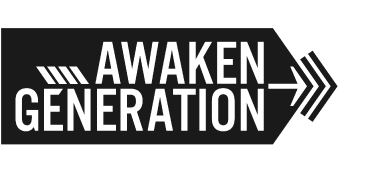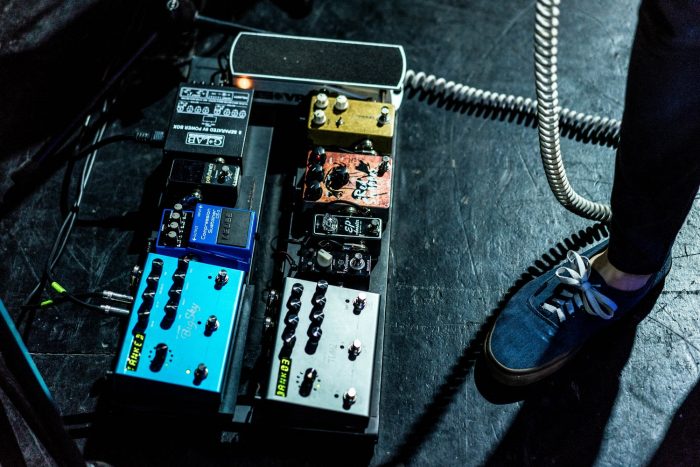Assembling Your Guitar Pedalboard
Pedals, pedalboards - words that perk up the ears and quicken the pulse of almost every guitar gear junkie guitarist around.
We all dream of having our ‘ultimate dream rig’ - whether it's our favourite Boost and Drive pedals (even Fuzz, for those who are of that inclination?), or the ultimate Modulation pedal for a divine ethereal effect, and of course our various time-based pedals like Delays and Reverbs.
And who can ignore the ‘packaging’? Choosing a board to accentuate the look on the pedals, LED lights for aesthetics, and so on... It's a rabbit hole, and it's bottomless
Nevertheless, here are some thoughts that I have put together based on my own personal journey to share. It is by no means conclusive, and definitely not the gold standard of guitar pedalboard set-ups, but rather some of the thoughts and experiences that I have collected as I have walked my musical journey.
Tone is king!
Before we even talk about a board, we have to understand that TONE is everything. What tones and sounds are you looking to craft and get out of your pedals?
Knowing what tone you want will help you in decision-making when it comes to purchasing pedals. But how do we understand the tones that we want?
Listen, listen, listen. Keep listening broadly and make a note of guitarists you enjoy listening to, and the tone they produce. After you do that, do research - see what fellow musicians think in terms of assembling gear to achieve those tones. Then, don’t just take people’s word for it, but try it out for yourself. YouTube is great, but inconclusive; always play-test the product in person so see if it sits well with your ears. We are all wired differently and we all listen to music differently, so it's important that you like what you're listening to as you're playing.
Building the components of the board.
With that said, here are some basic principles that I always consider when building my board, starting with signal flow.
Boost pedals -> Drive pedals -> Modulation EFX - > time-based EFX (We're going to leave out the Volume or Wah pedals for the time being)
As a general rule, we always put our Boost and Drive pedals right at the front of the chain, before any Modulation or time-based pedals. The rationale for this is simple: Boosts and Drives affect our tone directly. It's what we want to fix and determine first, before sending that tone through Modulation, Delay or Reverb.
If we get our tone right, Modulation and time-based EFX help to bring it from good to great, but poor tone cannot be fixed/covered up by anything that follows.
Boosts
There are various boosts or pre-amp pedals out there, and it is really up to your individual taste (again coming back to the idea of tone). There are some extremely clean boosts like the RC Booster, that gives a nice, clean jump in volume, before sending the signal to other boosters to fatten up the sound. Some people even use some drive pedals, turn the gain real low to give a semi-dirty boost. This fattens up the tone before going to the drive pedals.
Drives
Different people have different tastes when it comes to drives. Drive pedals come in varied versions, from high-gain sounds to fully distorted or even fuzz sounds. Some of us have a combination of 2 or 3 drive pedals to have various stages of overdrive or distortion. In most cases, I would have a lower gain pedal followed by a higher gain pedal to increase the ‘dirt’ in the tone. Also, I could add a final piece which would be a fuzz, but that said, fuzz pedals aren’t as versatile and are seen as an ‘acquired taste’.
Modulation
In recent years, Modulation pedals have come back in a strong way. Such has been the emphasis on atmospheric sounds, especially in worship music, that these effects (and reverbs) have come to the fore for the guitar player. My personal preference is that modulation should be subtle (too much and it may end up like bad KTV sound). I mainly use these sounds in conjunction with reverbs. The Strymon brand has been really popular in the last few years for such effects, and using various combinations can really push the boundaries of the audio spectrum. The only limit is your imagination and creativity!
Time-Based EFX
Delays! Everyone loves delays…ha! Some purists dig the analog, tape-sounding type of delay. However, the trade-off in getting that coveted analog delay tone is the inability to digitally control the time or tempo of the delay (imagine manually trying to turn the knobs to set the tempo to the bpm - while playing!)
On the other end of the spectrum are the digital delays where there is the very-necessary ‘tap tempo’, and various presets and even MIDI information to be explored.
Again there is no right or wrong answer to which end of the spectrum to use. You have to find the delay pedal that suits your needs in terms of sound as well as ease-of-use. Strymon, Eventide and TC Electronic have proven to be very popular in recent years.
Volume
To round it off, some of us like to use a volume pedal. Do bear in mind that a volume pedal ‘sucks tone' out of your sound. It really depends on your intended application, and how crucial is it to your playing.That said, there are workarounds and pedals that help to preserve as much of the tone as possible, if you still prefer using a volume pedal. For instance, JHS has provided a solution for that in terms of a modified Ernie Ball volume pedal.
Putting it all together.
After choosing your pedals, you have to assemble your board. There are ready-made boards available (like PedalTrain) commercially, or you could look for carpenters to make custom boards. It really depends on your budget and what you are looking for.
One final component - wiring or cabling, which is just as important as choosing your pedals. Good cables can enhance your signal, reduce noise, and hence improve your tone. It is also important to keep wiring tight and tidy, as it then makes it operating the board easier.
With that, your board will be ready to go!
Even after saying that, there is no end to the search and quest for perfection. There are always better effects, better cables, and nicer pedal boards; your musical and tonal preferences may even change over the years...
The most important thing is to keep listening and keep experimenting, as music is very dynamic; it's always evolving. Keep experimenting, budget well, and remember, it's all in the quest for ‘great tone’.




